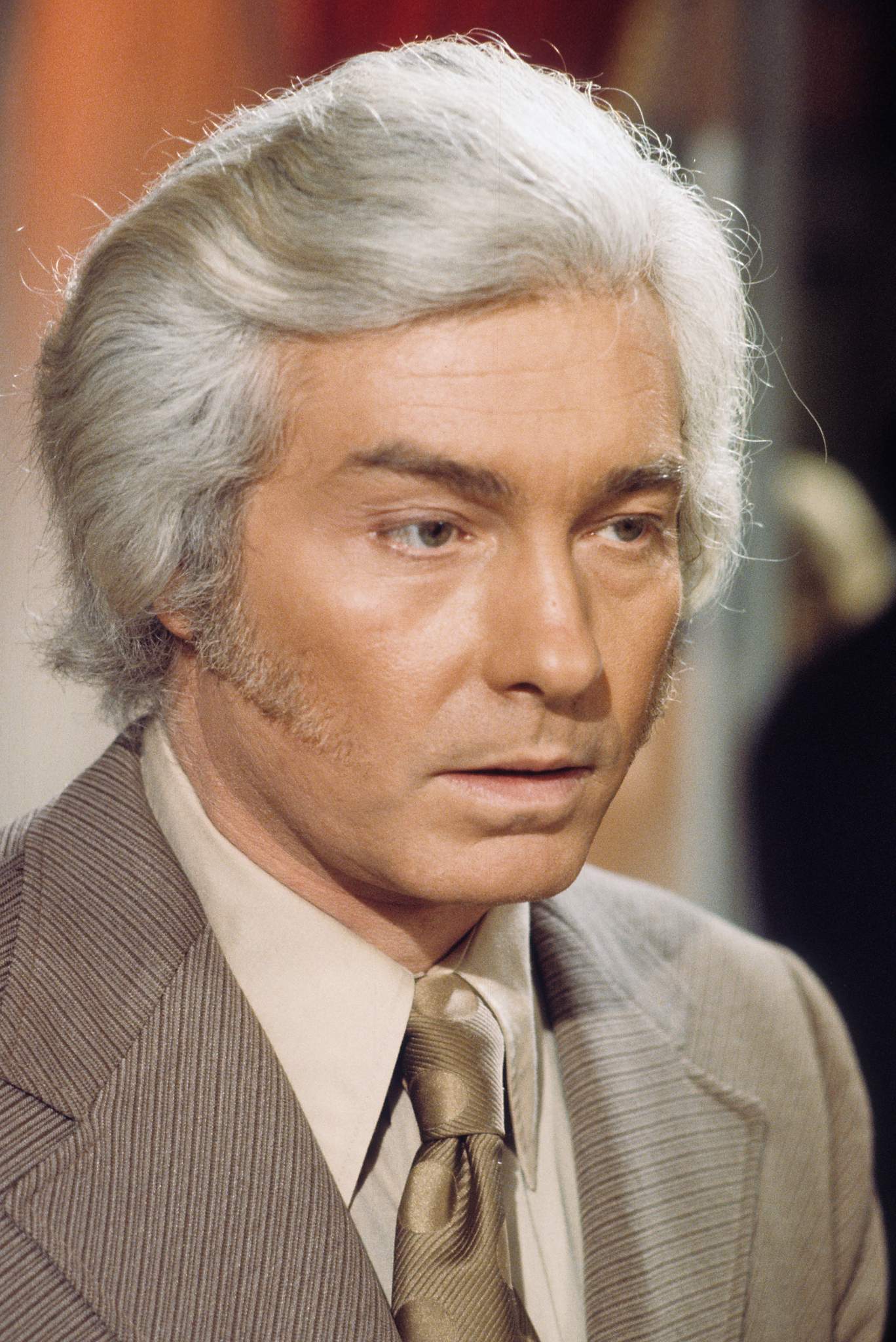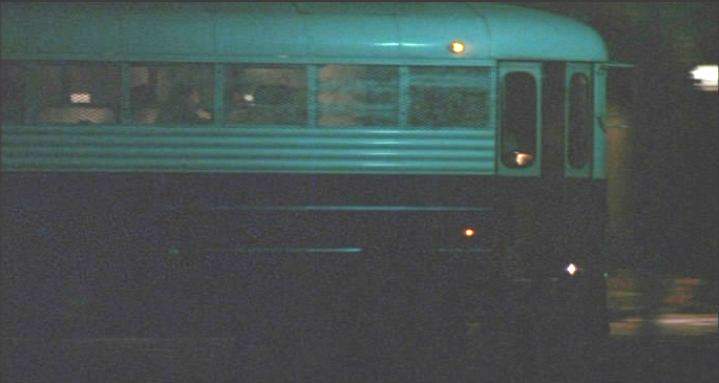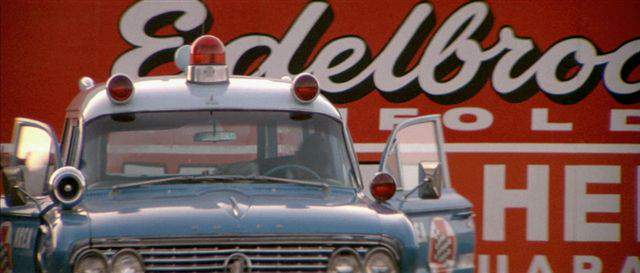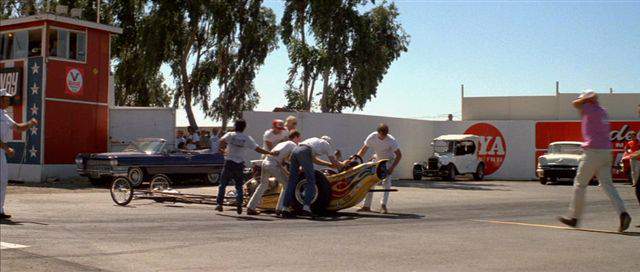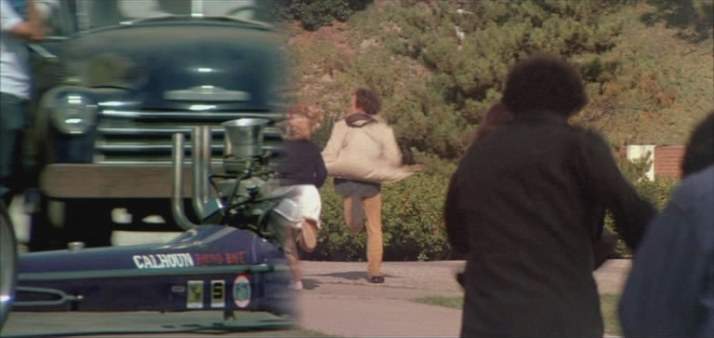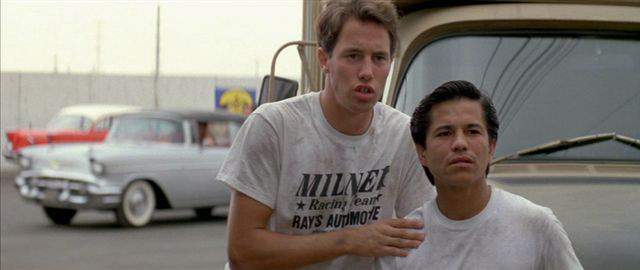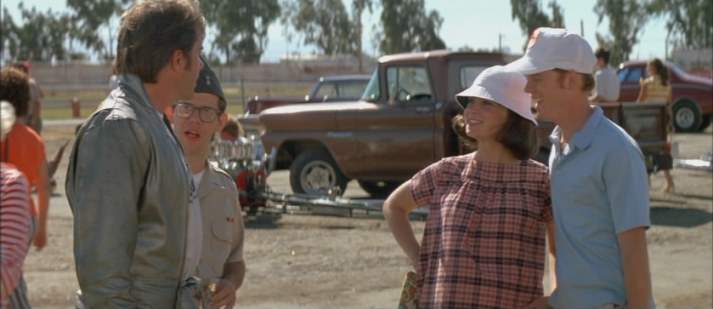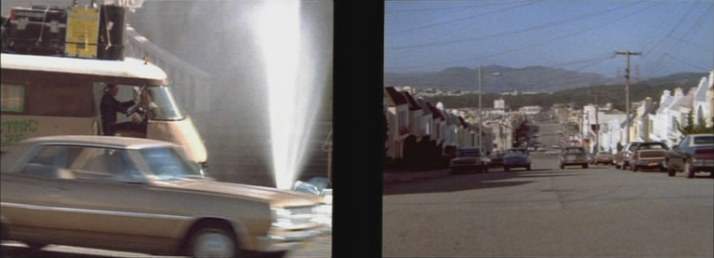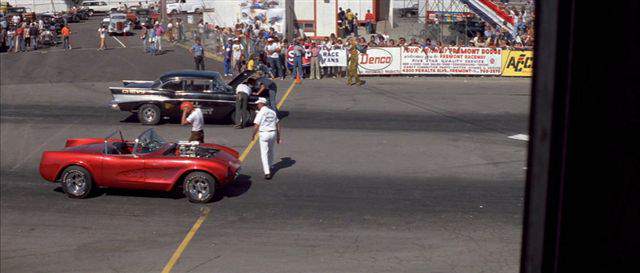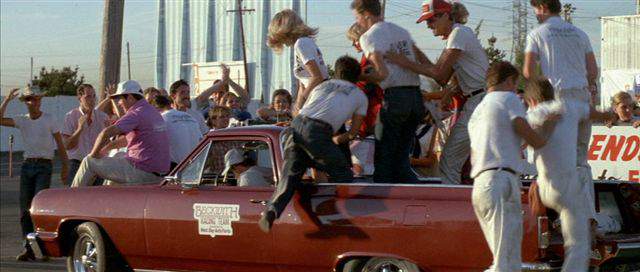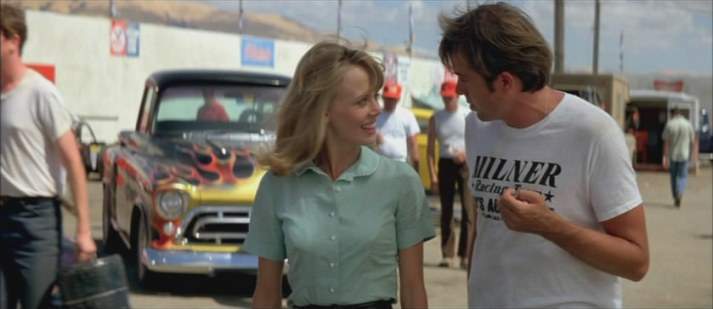More American Graffiti 1979
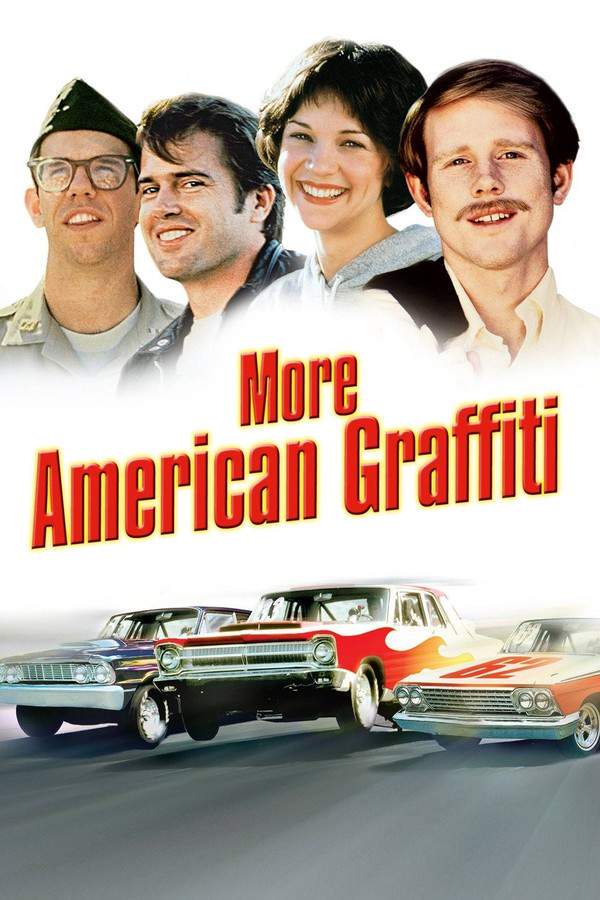
Steve Bolander and his friends are now young adults grappling with the challenges of the early 1960s. Steve's marriage to Laurie faces unexpected strains, while John Milner seeks excitement through drag racing. As they navigate love and personal growth, the shadow of the Vietnam War looms large, impacting their futures and the changing cultural landscape. The film explores themes of identity and the bittersweet passage of time, revisiting familiar characters in a new era.
Does More American Graffiti have end credit scenes?
No!
More American Graffiti does not have end credit scenes. You can leave when the credits roll.
Meet the Full Cast and Actors of More American Graffiti
Explore the complete cast of More American Graffiti, including both lead and supporting actors. Learn who plays each character, discover their past roles and achievements, and find out what makes this ensemble cast stand out in the world of film and television.
External Links and Streaming Options
Discover where to watch More American Graffiti online, including streaming platforms, rental options, and official sources. Compare reviews, ratings, and in-depth movie information across sites like IMDb, TMDb, Wikipedia or Rotten Tomatoes.
Ratings and Reviews for More American Graffiti
See how More American Graffiti is rated across major platforms like IMDb, Metacritic, and TMDb. Compare audience scores and critic reviews to understand where More American Graffiti stands among top-rated movies in its genre.

44
Metascore
tbd
User Score


20%
TOMATOMETER

33%
User Score

51
%
User Score
Take the Ultimate More American Graffiti Movie Quiz
Challenge your knowledge of More American Graffiti with this fun and interactive movie quiz. Test yourself on key plot points, iconic characters, hidden details, and memorable moments to see how well you really know the film.
More American Graffiti Quiz: Test your knowledge on the interconnected stories and cinematic style of More American Graffiti.
What years does More American Graffiti span?
1960 to 1965
1964 to 1967
1965 to 1970
1967 to 1970
Show hint
Full Plot Summary and Ending Explained for More American Graffiti
Read the complete plot summary of More American Graffiti, including all major events, twists, and the full ending explained in detail. Explore key characters, themes, hidden meanings, and everything you need to understand the story from beginning to end.
As the clock strikes midnight on four consecutive New Year’s Eves from 1964 to 1967, this film intricately weaves together seemingly unrelated scenes into a vibrant tapestry of interconnected moments. Each year is vividly depicted through a unique cinematic style that cleverly distinguishes the various narratives for the audience. For example, the scenes set in 1966 pay homage to the iconic documentary filmmaking of Woodstock, using split screens and multiple angles to capture the chaos and energy of that time.
In stark contrast, the Vietnam War-era scenes from 1965 are filmed with a gritty, handheld realism on grainy super 16 mm film, echoing the raw, unrehearsed footage often associated with newsreels. This innovative storytelling technique fully immerses the audience in the tumultuous atmosphere of the period, while characters navigate the ever-changing societal landscape.
The filmmakers delight in capturing the true essence of the 1960s counterculture movement. From the psychedelic ambiance of Haight-Ashbury to campus peace demonstrations and the early women’s liberation movement, every element is crafted meticulously to preserve an authentic feel.
Among the notable moments is when one character, guided by a sense of courage, burns his draft card, serving as a poignant reminder of the sacrifices made by many young Americans during this challenging time. In another tense sequence, characters hurriedly dispose of their marijuana stash before a police traffic stop, illustrating the constant threat of persecution faced by those who dared to rebel against the established order.
Additionally, the film’s portrayal of the authorities’ excessive reactions to anti-Vietnam War protests provides a stark reminder of the intense division and social unrest that characterized this crucial period in American history. As the lives and fates of the main characters unfold, viewers are offered a nuanced exploration of the intricate dynamics between politics, social change, and personal liberty throughout the turbulent 1960s.
Uncover the Details: Timeline, Characters, Themes, and Beyond!

Coming soon on iOS and Android
The Plot Explained Mobile App
From blockbusters to hidden gems — dive into movie stories anytime, anywhere. Save your favorites, discover plots faster, and never miss a twist again.
Sign up to be the first to know when we launch. Your email stays private — always.
Watch Trailers, Clips & Behind-the-Scenes for More American Graffiti
Watch official trailers, exclusive clips, cast interviews, and behind-the-scenes footage from More American Graffiti. Dive deeper into the making of the film, its standout moments, and key production insights.
Cars Featured in More American Graffiti
Explore all cars featured in More American Graffiti, including their makes, models, scenes they appear in, and their significance to the plot. A must-read for car enthusiasts and movie buffs alike.
More American Graffiti Other Names and Titles
Explore the various alternative titles, translations, and other names used for More American Graffiti across different regions and languages. Understand how the film is marketed and recognized worldwide.
Quick Links: Summary, Cast, Ratings, More

What's After the Movie?
Not sure whether to stay after the credits? Find out!
Explore Our Movie Platform
New Movie Releases (2025)
Famous Movie Actors
Top Film Production Studios
Movie Plot Summaries & Endings
Major Movie Awards & Winners
Best Concert Films & Music Documentaries
Movie Collections and Curated Lists
© 2025 What's After the Movie. All rights reserved.









